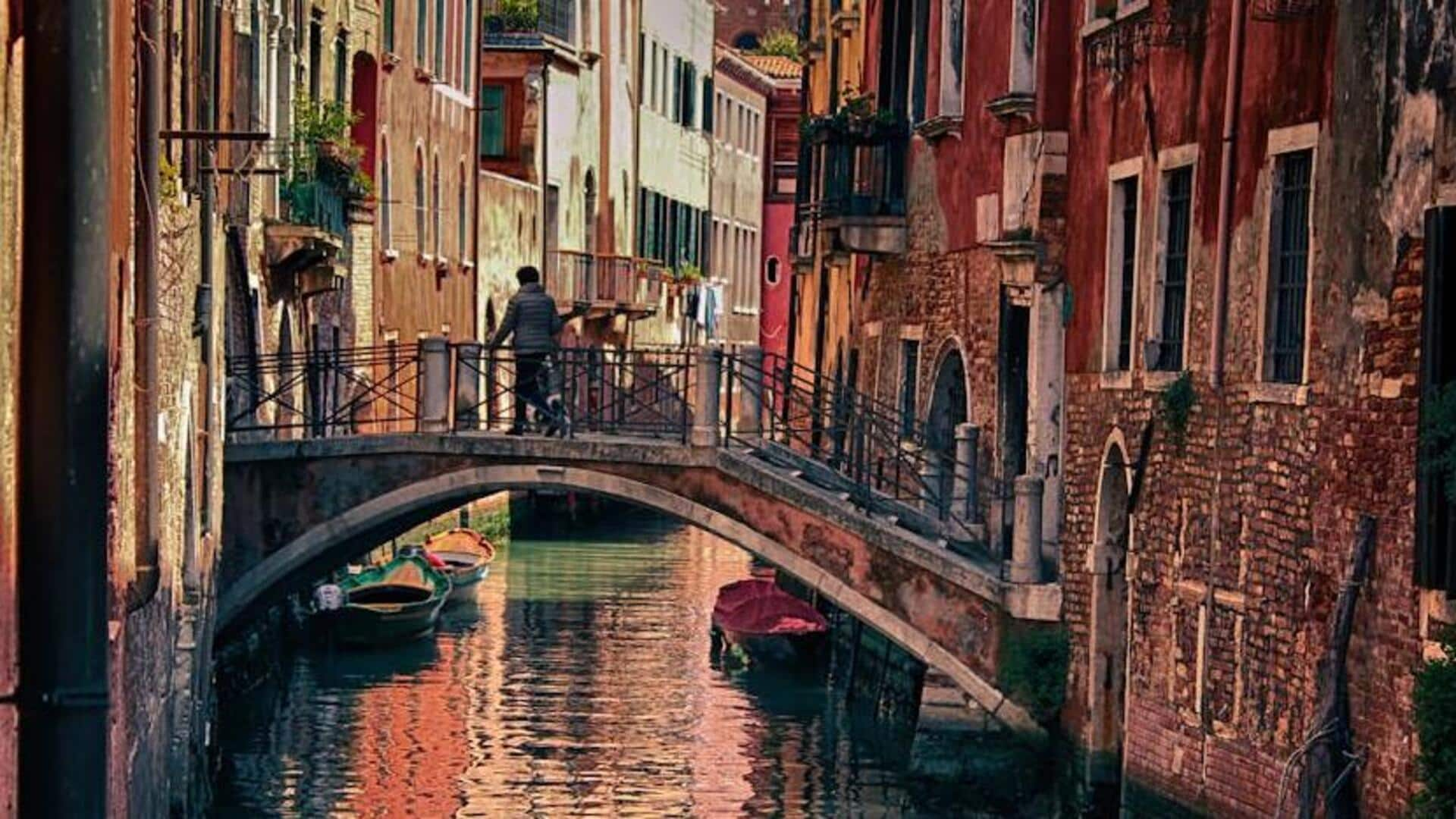
Canals in Venice: Busting myths with facts
What's the story
Venice, a city famed for its intricate waterways and historic architecture, is often shrouded in myths and misconceptions. This enchanting city, floating on the Adriatic Sea, offers a unique blend of cultural heritage and romantic vistas. Let's dive into the truths behind some common myths about Venice's canals to enhance your visit to this mesmerizing city.
Myth 1
Canals smell unpleasant?
One prevalent myth is that Venice's canals emit a strong, unpleasant odor. However, this isn't typically true, especially during the cooler months from November to April when the water is colder and less prone to stagnation. Advances in the city's sewage system have significantly improved water quality over the years. While summer heat may intensify smells slightly, it's generally not as bad as exaggerated.
Myth 2
Gondolas are the only way to travel
While gondolas are indeed iconic to Venice and offer a traditional way to experience the city, they are not the sole mode of transportation. Venetians frequently use vaporettos, or water buses, for their daily commutes across the various islands. These public boats provide an efficient and cost-effective method for exploring Venice and its surrounding areas, ensuring visitors can enjoy the city without spending excessively.
Myth 3
Canals serve no real purpose
Contrary to the belief that Venice's canals are just for tourists' pleasure, they are essential for city transportation, acting as roads do elsewhere. They also crucially manage tides and prevent flooding with a complex system of locks and gates, established centuries ago. These features underscore the canals' importance beyond mere aesthetic appeal, highlighting their functional significance in Venice's urban landscape.
Myth 4
The city is sinking rapidly
The belief that Venice is sinking rapidly has been exaggerated. While Venice confronts subsidence and rising sea levels, the MOSE project, featuring mobile barriers, is underway to counteract flooding. This effort is crucial for safeguarding Venice, recognized as a UNESCO World Heritage site. It ensures the city's preservation and enhances the experience for those exploring its historic canals and walkways.